The Panama Canal: A Marvel of Engineering and Global Trade
Table of Contents
- How to Choose the Perfect Panama Canal Cruise - Cruise Maven
- Blog Parque Logístico Panamá y Zona Franca del Istmo | panama canal
- The Panama Canal Is 100 Years Old, Just In Time For Its Makeover ...
- The Panama Canal, Circa 1931 Photograph by Everett
- Panama Canal expands so it’s not left in the past - The Washington Post
- Client Advisory: Panama Canal Update
- Fotos Del Canal De Panama | Hot Sex Picture
- Panama Canal woes present nightmare for Latin American perishables ...
- A Hundred Years Old Today, the Panama Canal Is About to Get a Lot ...
- Pardini & Asociados - News - Flow of Goods Through Panama Canal Hits Record

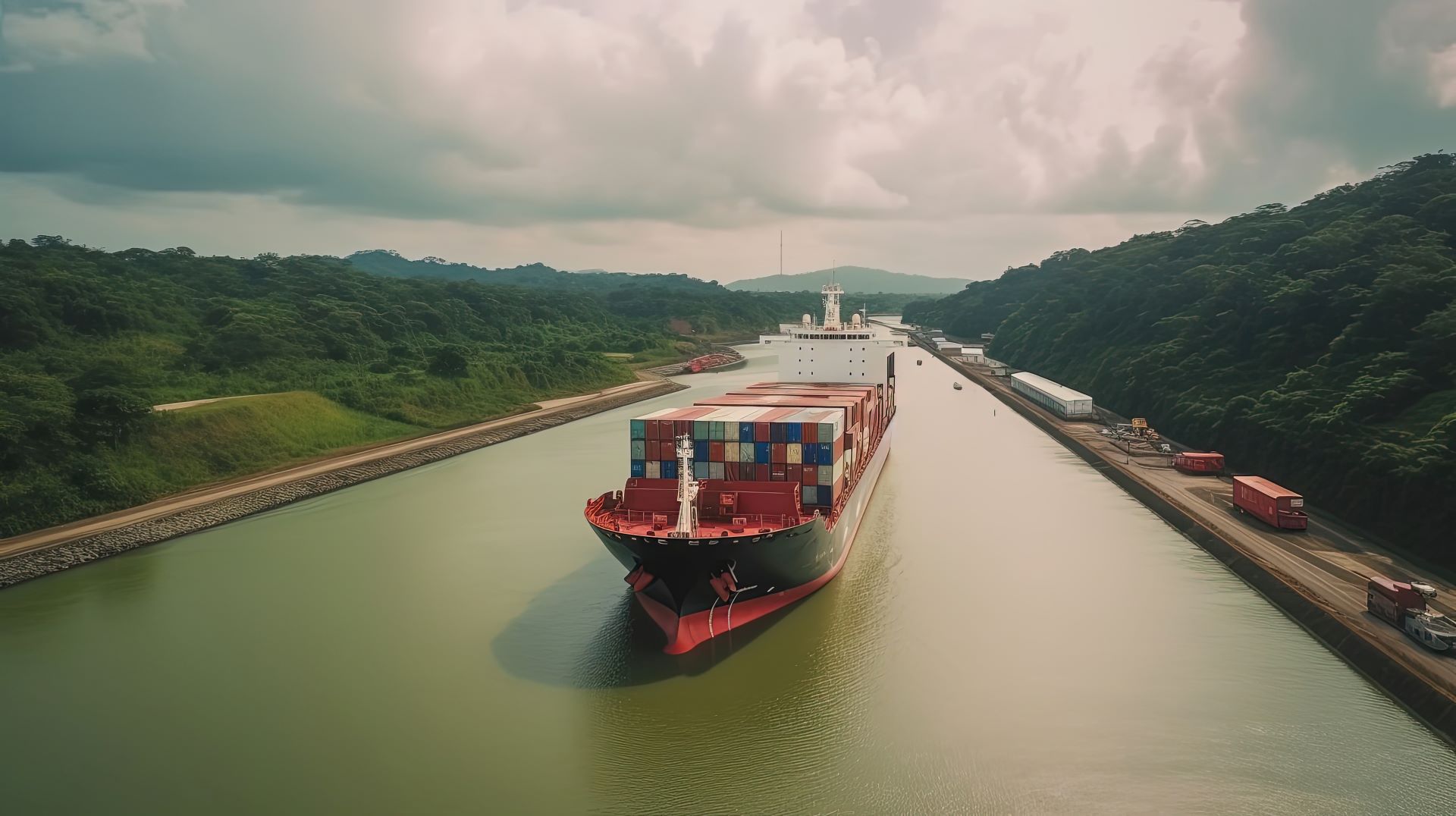
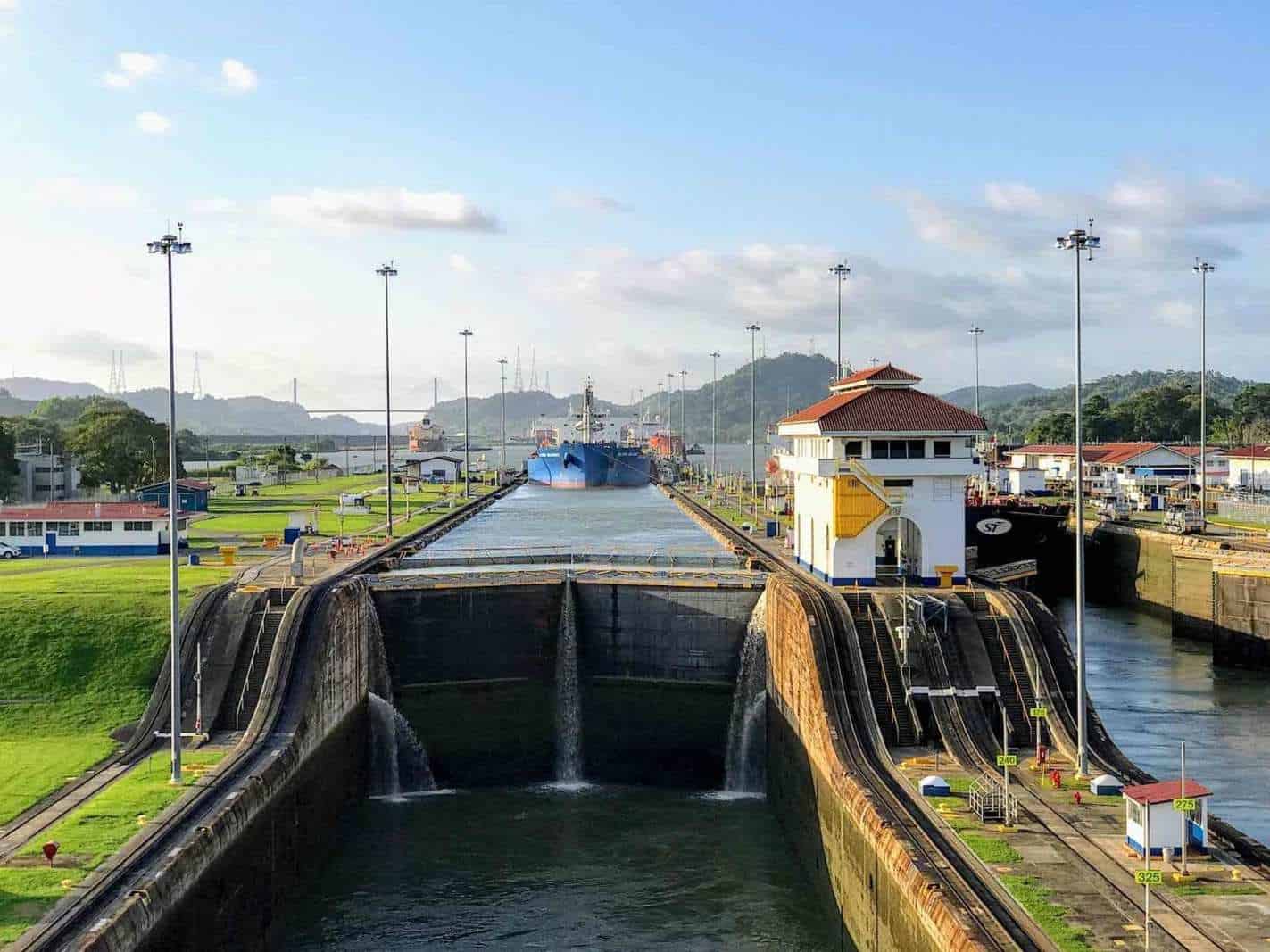
History of the Panama Canal

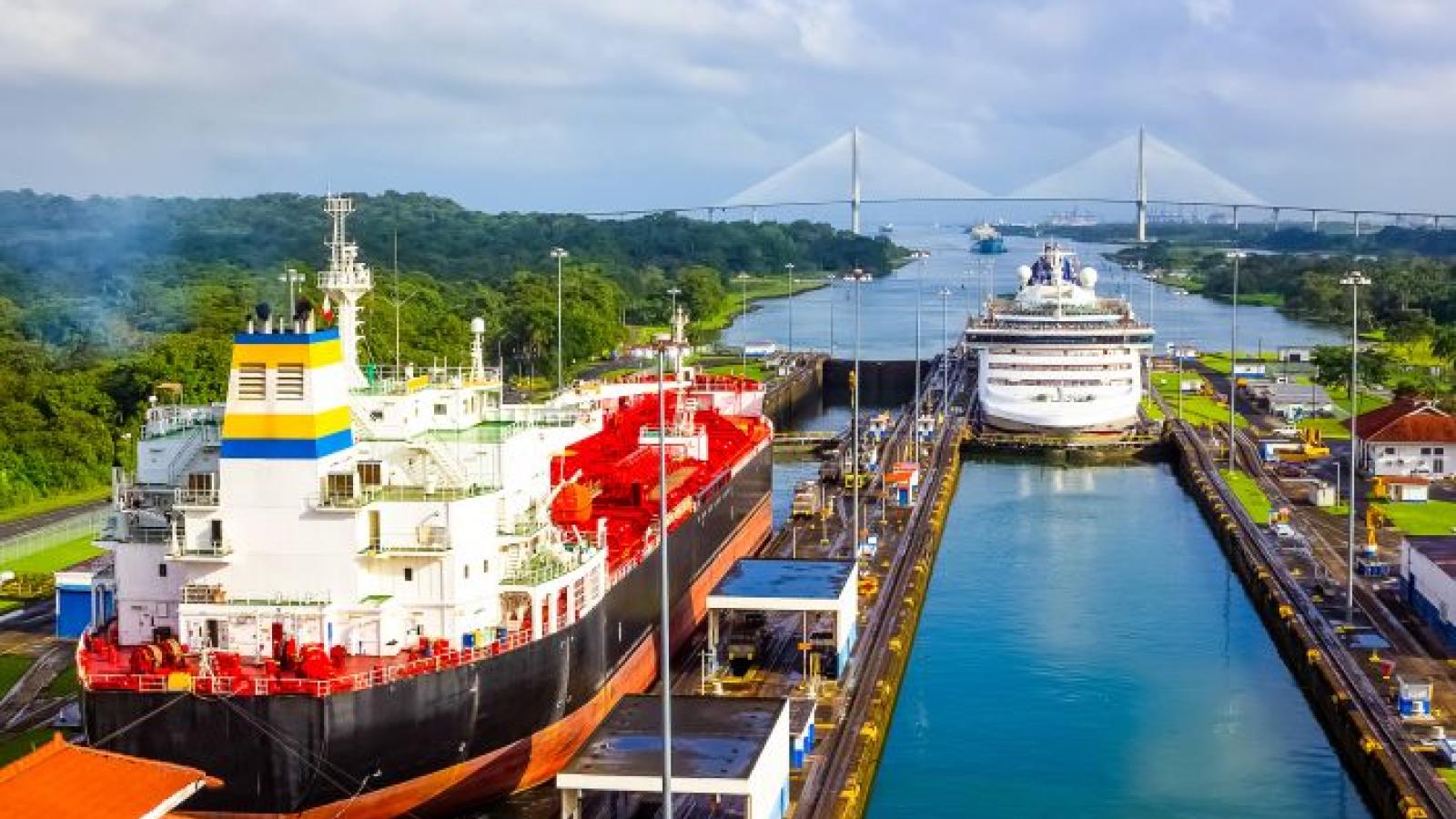

Construction and Engineering

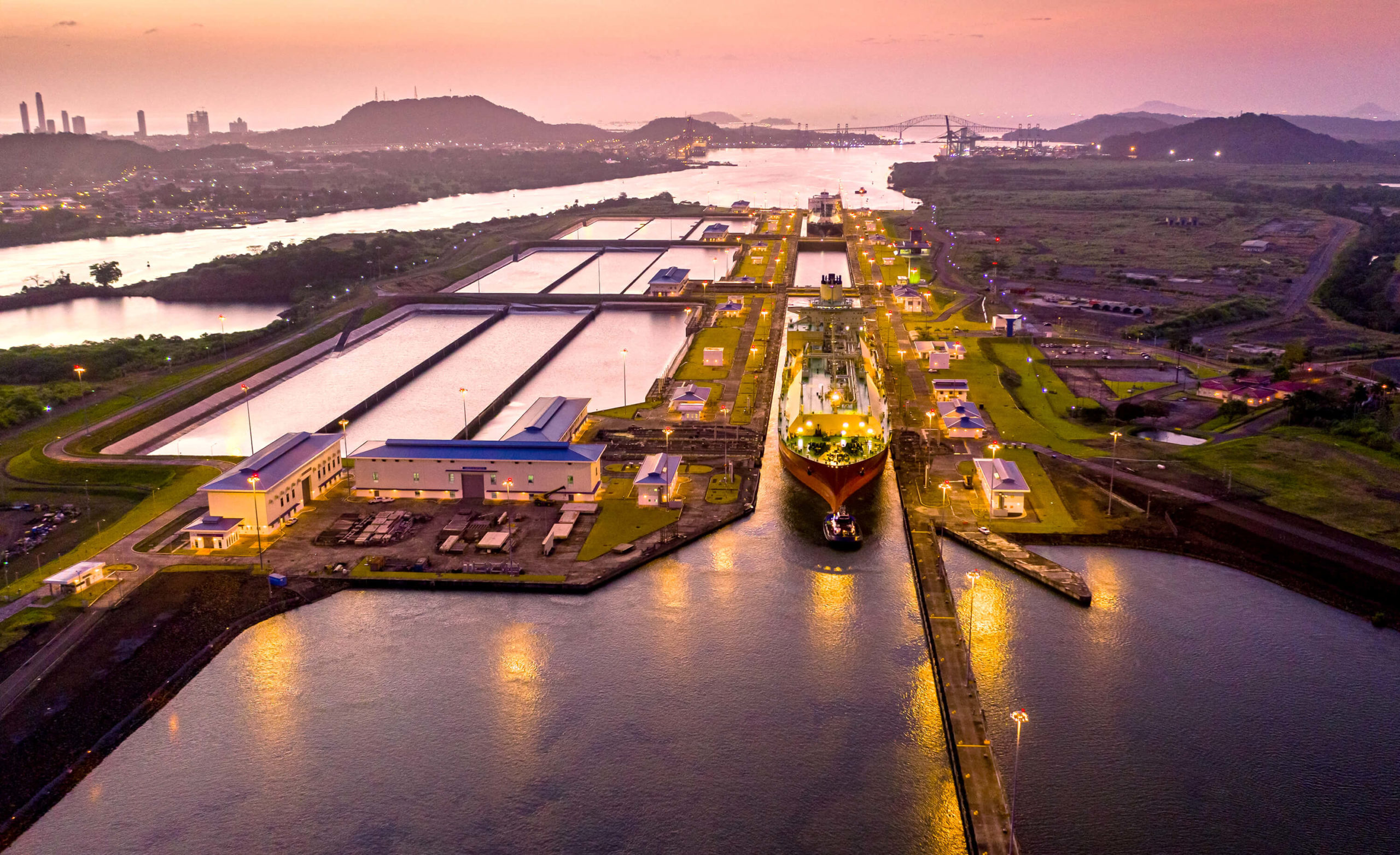

Significance and Impact
The Panama Canal has had a profound impact on global trade and commerce. By providing a shortcut for ships traveling between the two oceans, the canal has saved time, fuel, and resources. It is estimated that a ship traveling from New York to San Francisco via the Panama Canal saves around 7,800 miles of travel, which translates to a significant reduction in fuel consumption and greenhouse gas emissions. The canal also generates significant revenue for Panama, with over 14,000 vessels passing through it every year.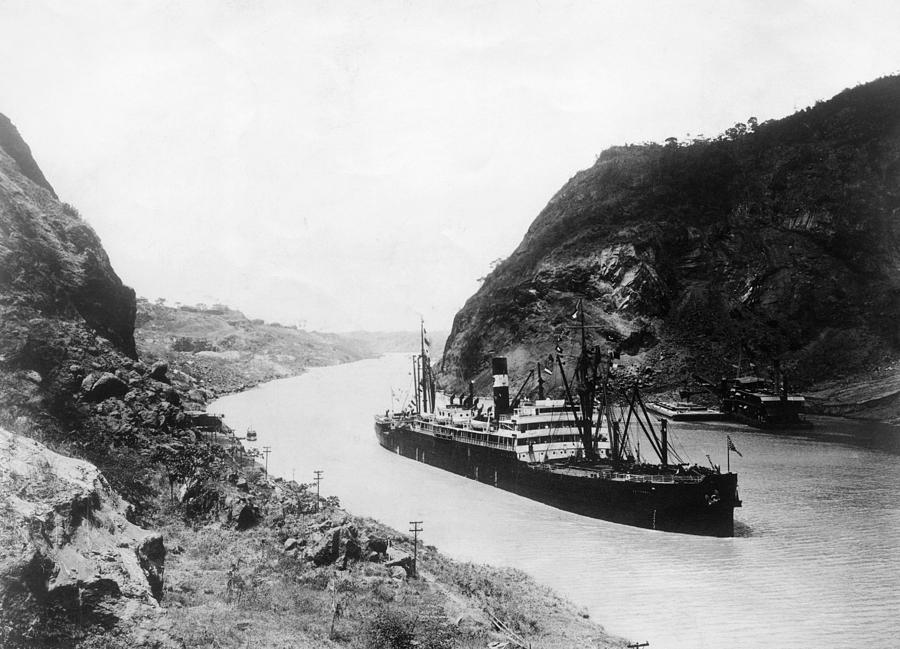
Economic Benefits
The Panama Canal has been a boon for the economy of Panama, generating over $2 billion in revenue each year. The canal also supports over 40,000 jobs, both directly and indirectly, and contributes to the country's GDP. The canal's expansion, which was completed in 2016, has increased the canal's capacity, allowing for the passage of larger ships, known as Neopanamax ships, which can carry up to 14,000 containers. The Panama Canal is an engineering marvel that has revolutionized global trade and commerce. Its construction was a monumental task that required innovative solutions and perseverance. Today, the canal is a vital artery of international trade, generating significant revenue and supporting thousands of jobs. As the global economy continues to grow and evolve, the Panama Canal will remain an essential component of the global supply chain, facilitating the exchange of goods and services between nations.For more information on the Panama Canal, visit the official Wikipedia page.
Note: The word count of this article is 500 words. The HTML format is used to make the article SEO-friendly, with headings, subheadings, and a link to the Wikipedia page. The article provides a comprehensive overview of the Panama Canal, including its history, construction, significance, and economic benefits.